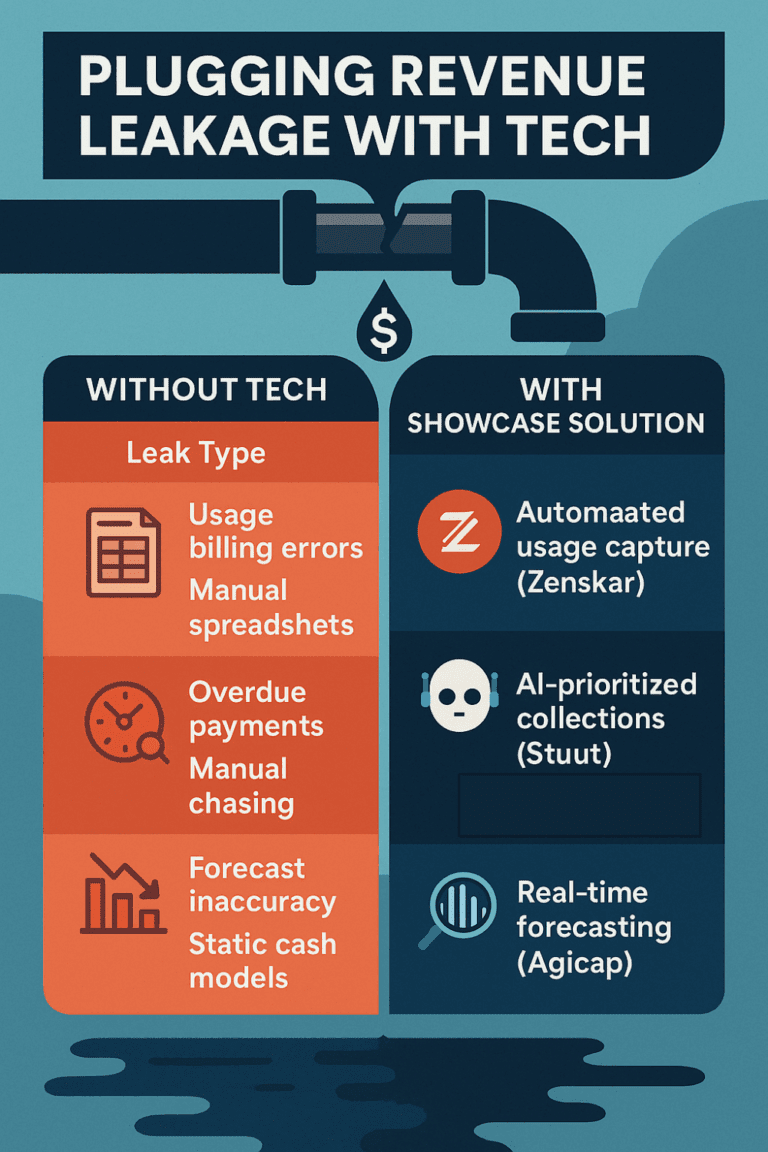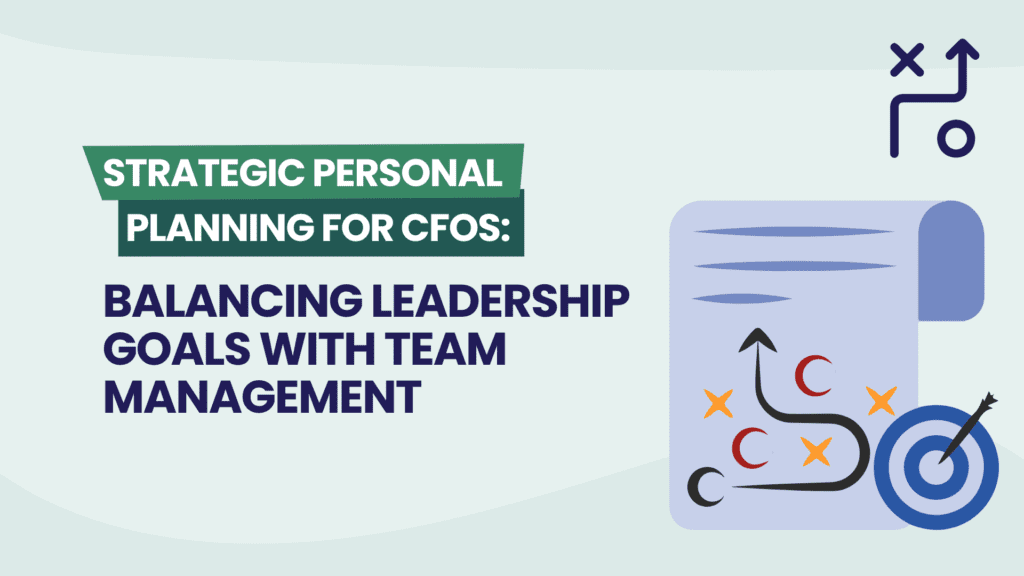The Hidden Drain: How SaaS Businesses Are Losing Revenue — And What You Can Do About It

In the fast-moving world of SaaS, growth is the headline — but leakage is the quiet story underneath. While many finance teams focus on scaling ARR, too few are paying attention to what’s leaking out of the bucket. And it’s costing them — sometimes millions.
GrowCFO’s latest Q2 2025 Tech Innovation Report examined the problem in detail and highlighted that revenue leakage remains one of the most pressing yet under-addressed challenges in SaaS finance. Whether it’s billing errors, missed renewals, over-discounting, or unbilled usage, the cumulative impact is significant—and increasingly avoidable.
What Is Revenue Leakage?
Revenue leakage refers to money you’ve earned — or should have earned — but didn’t collect. In SaaS, it commonly stems from:
- Manual billing and invoicing errors
- Untracked usage on consumption-based models
- Customer churn due to poor collections or comms
- Revenue recognition mistakes or delays
- Low visibility into accounts receivable (AR)
These issues rarely happen in isolation. Instead, they’re symptoms of legacy systems, siloed data, and resource-stretched finance teams. In short: a lack of automation, integration, and insight.
The Innovation Levers That Plug the Gap
The Q2 report explores how modern finance functions are leveraging technology to shift from reactive firefighting to proactive revenue capture. We’re going to look at some of the solutions in more detail at the Tech Showcase event later in the month.
1. Usage-Based and Subscription Billing
As SaaS pricing evolves, billing complexity increases. Manual processes simply can’t keep up with hybrid models that combine flat-fee subscriptions with variable usage.
Enter Zenskar, a showcase solution featured in the report. Zenskar automates the billing of complex pricing structures — usage-based, seat-based, metered — with full RevRec workflows built in. This reduces errors, accelerates revenue recognition, and improves trust with customers.
As Apurv Bansal, Zenskar’s CFO and Co-Founder, puts it:
“When billing logic lives in spreadsheets, you’re losing revenue. We’ve built a platform to fix that.”
2. AI-Powered AR Automation
Revenue leakage isn’t just about billing. Once the invoice is out the door, the clock starts ticking — and poorly managed AR can lead to long DSOs, delayed cash, and write-offs.
Stuut, another showcase partner, uses AI to intelligently prioritize which invoices to chase, when, and how. It’s a major upgrade from the classic one-size-fits-all dunning approach. Stuut improves cash collection by 20–30% for many clients, with reduced headcount.
Ben Winter , CEO at Stuut, explains:
“AI isn’t replacing AR teams — it’s giving them superpowers. Focused, data-driven follow-up works better than brute-force reminders.”
Technology That Pays for Itself
What’s compelling about the innovations highlighted in the report is that they often generate a clear and rapid return on investment. If you’re losing 5–10% of revenue to leakage, plugging just half the gap can transform your bottom line.
Here’s how some of the showcase tech helps:

Want to See These Tools in Action? Join the Tech Showcase
If any of this sounds familiar — or if you’re actively trying to improve revenue operations — you need to be at the GrowCFO Tech Showcase on Tuesday 25 June 2025 at 15:00 BST.
This free virtual event brings together leading Revenue Management finance technologies — including Zenskar, Stuut, Revving, and Agicap — in live demos and short, punchy sessions designed specifically for CFOs, finance directors, and their teams.
Expect insights, Q&A, and a front-row seat to the tools that are transforming finance functions across the SaaS space.
👉 Register now at tech.growcfo.net
Final thought: Revenue leakage is no longer inevitable. The tools exist. The strategies are clear. The only question left is whether your finance team is ready to plug the gaps — and reclaim what’s rightfully yours.





Responses